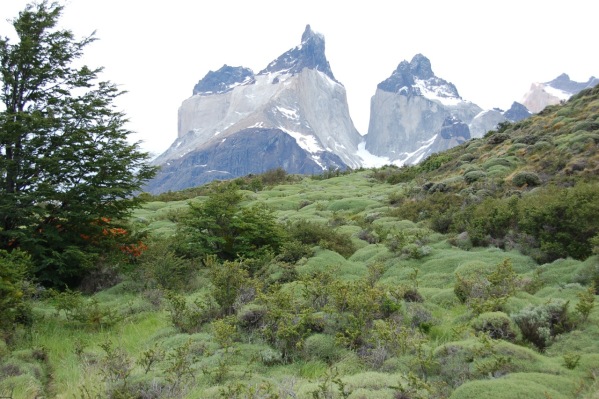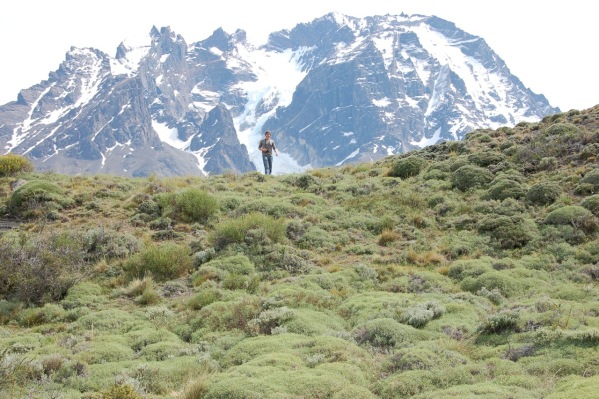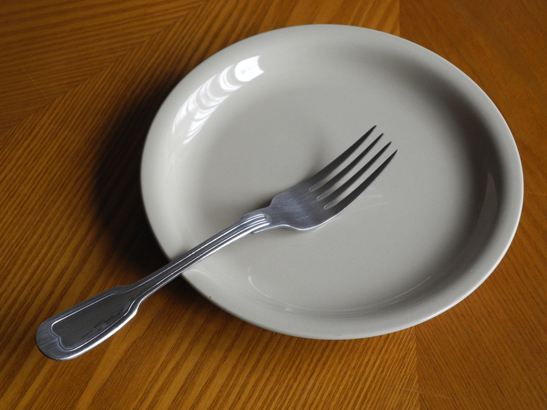Wishing you a Healthy and Happy New Year!
May we be better stewards of our planetary home.
The format of SUNDAY PALEO has changed. As suggested by John Michael, instead of block quotes, I will share a few thoughts on the links presented. Here goes. I sure my approach will need refinement.
Moving from fad to trend. If you have been in Primal/Paleo for a while, on occasion you may have heard this dietary approach referred to as a fad. (My answer: Since Homo sapiens is about 190,000 years old, if the Paleo diet is a fad, it is the longest-lived fad we know of.) Now, at least according to trendy Shape magazine, instead of a fad, the Paleo diet is the number one trend in the Top 10 Weight-Loss Trends of 2011.
Even some vegetarians are starting to add animal protein to their diet. Among the most cathartic and controversial transformations was revealed by Lierre Keith in The Vegetarian Myth. More recently, a group of “longtime vegetarians” assessed the idea of adding meat to their diet and concluded that what is required is “a new ethics of eating animals: one rooted in moderation, mindfulness, and respect.”
Success Stories on the Primal/Paleo diet are always encouraging and sometimes amazing. Mark Sisson has now grouped some of the success stories he receives from his readers into a section of his website.
And, don’t forget the role of fasting as presented recently by John Michael. (We thank the avid fans at Reddit for making the Paleo Fasting post the most popular on PaleoTerran.)
The brain is picky. Not only does it live in a protected and pressurized environment, it is also very demanding of energy and nutrients. The shortage of one crucial nutrient can cause brain malfunction. For example, a shortage of B12 can make someone appear demented. As Ms. Atkins elderly mother became confused, the first impression was that she was developing dementia. Instead, the primary culprit was a vitamin B12 deficiency. Weekly B12 injections helped Ms. Atkins’ mother recover enough to allow her to live independently.
We owe a lot to mice, at least in regard to studies on health. Now these little creatures are teaching us that the typical Western diet speeds the growth of tumor cells in comparison to a diet higher in protein. This is another study supporting the concepts of the Paleo diet.
In the long run, taking care of our health is not enough if we trash the planet. A powerful way to reduce the impact of the anthropocene is to transition to electric-powered vehicles - as long as the electricity is generated from renewable resources.
However, battery-powered vehicles have limited range and need recharging for long trips. So, where to recharge? Those on the West Coast will have the West Coast Electric Highway. And, if you live in Bellingham Washington, the first fast-charging station that will “provide a 30-minute recharge for all-electric vehicles.”
Solar power is becoming an increasingly effective and important source of renewable energy. India, one of many countries expanding its use, is making progress to a goal thought impossible by many: deliver 20,000 megawatts of solar power by 2020 — “enough electricity to power the equivalent of up to 3.3 million modern American homes during daylight hours.” A success story in the making.
I welcome your feedback in the comments section or to paleoterran@gmail.com





















